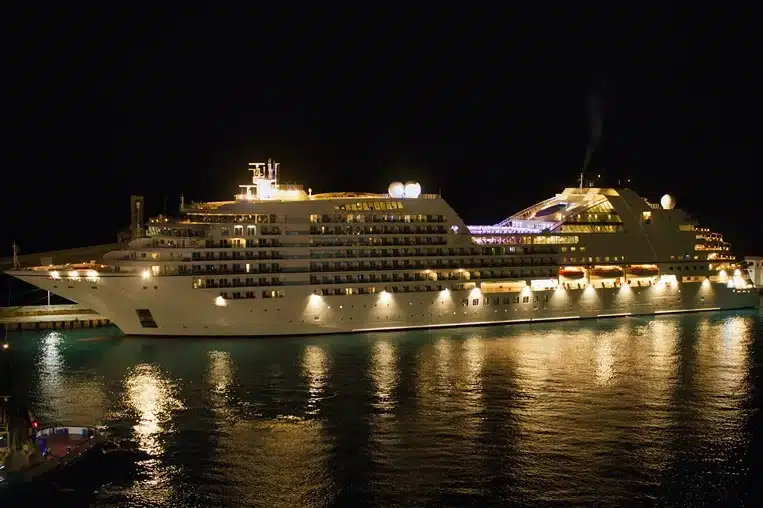Embarking on a cruise from the sunny ports of Florida offers an escape into a world of sea breezes and endless horizons. Yet, amidst the allure of ocean adventures, the potential for cruise ship injuries lurks beneath the surface. Join our Florida cruise ship accident attorneys as we dive into the complexities of cruise ship injuries. When you’re reading to get started on your claim, call us at (561) 655-1990.

What kinds of injuries are common on cruise ships?
Slips and falls
Slip-and-fall incidents are among the most common accidents on cruise ships. They can occur anywhere, from the lido deck to the carpeted halls of the dining area.
Recreational injuries
Whether a splash in the pool or a climb on the rock wall, engaging in onboard activities carries its own risks. While offering fun and excitement, these amenities can also be the stage for potential injuries.
| Read: What is an attractive nuisance? |
Foodborne illnesses
Just as a rogue wave can catch a ship off guard, outbreaks of foodborne illnesses can sweep through a cruise ship unexpectedly, affecting numerous passengers simultaneously.
Tender boat transfers
The journey from ship to shore, often via tender boats, can sometimes be as treacherous as navigating through rocky waters, especially in rough sea conditions.
How is the law different for injuries that occur offshore?
Florida, a hub for cruise departures, holds unique jurisdictional challenges. When injuries occur on the open sea, determining which laws apply can be as complex as charting a course through the Bermuda Triangle. U.S. maritime law often governs, but the specifics can vary based on the ship’s registry, the location of the incident, and the fine print on your ticket.
Seeking compensation
Pursuing compensation for cruise ship injuries involves navigating a maze of legal procedures and maritime laws. It’s akin to embarking on a treasure hunt, where the map has intricate symbols and hidden traps. Key steps include:
- Prompt reporting: Just as sending a distress signal at the first sign of a storm is crucial, so is reporting your injury onboard immediately.
- Documentation: Gathering evidence post-injury is like collecting navigational stars for orientation. Photos, medical reports, and witness statements serve as your guide.
- Understanding the statute of limitations: Maritime law includes specific time frames for filing injury claims.
How can an attorney help me?
Partnering with a Florida-based attorney skilled in cruise ship injuries is like having an experienced captain at the helm. They understand the complexities of maritime law, can navigate through jurisdictional challenges, and steer your claim to a potentially successful resolution. Their expertise ensures you’re not navigating these treacherous waters alone.
What are some preventive measures for cruise ship injuries?
While the legal pursuit of compensation is crucial, embarking on your cruise with an awareness of potential hazards is equally important. Simple measures, like wearing appropriate footwear, familiarizing yourself with the ship’s layout, and adhering to safety briefings, can significantly mitigate the risk of injury.
Safe passages and legal lifelines
Cruise vacations should be a time of relaxation and exploration, not injury. However, should the unexpected occur, knowing how to navigate the aftermath of cruise ship injuries is essential. Armed with knowledge and the support of experienced legal counsel, passengers can focus on healing and recovery.
When you’re ready, call Lytal, Reiter, Smith, Ivey & Fronrath at (561) 655-1990 and schedule your free consultation.



